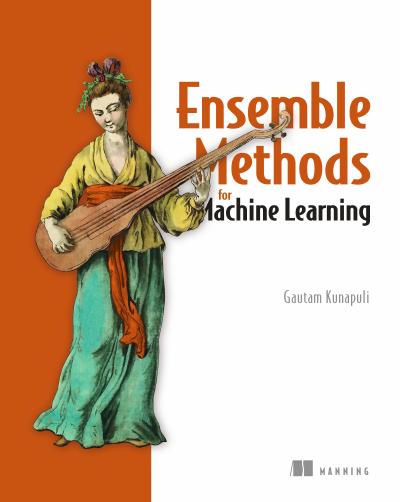
English | 2023 | ISBN: 978-1617297137 | 350 Pages | PDF, EPUB, MOBI | 58 MB
Ensemble machine learning combines the power of multiple machine learning approaches, working together to deliver models that are highly performant and highly accurate.
Inside Ensemble Methods for Machine Learning you will find:
- Methods for classification, regression, and recommendations
- Sophisticated off-the-shelf ensemble implementations
- Random forests, boosting, and gradient boosting
- Feature engineering and ensemble diversity
- Interpretability and explainability for ensemble methods
Ensemble machine learning trains a diverse group of machine learning models to work together, aggregating their output to deliver richer results than a single model. Now in Ensemble Methods for Machine Learning you’ll discover core ensemble methods that have proven records in both data science competitions and real-world applications. Hands-on case studies show you how each algorithm works in production. By the time you’re done, you’ll know the benefits, limitations, and practical methods of applying ensemble machine learning to real-world data, and be ready to build more explainable ML systems.
Automatically compare, contrast, and blend the output from multiple models to squeeze the best results from your data. Ensemble machine learning applies a “wisdom of crowds” method that dodges the inaccuracies and limitations of a single model. By basing responses on multiple perspectives, this innovative approach can deliver robust predictions even without massive datasets.
Ensemble Methods for Machine Learning teaches you practical techniques for applying multiple ML approaches simultaneously. Each chapter contains a unique case study that demonstrates a fully functional ensemble method, with examples including medical diagnosis, sentiment analysis, handwriting classification, and more. There’s no complex math or theory—you’ll learn in a visuals-first manner, with ample code for easy experimentation!
What’s inside
- Bagging, boosting, and gradient boosting
- Methods for classification, regression, and retrieval
- Interpretability and explainability for ensemble methods
- Feature engineering and ensemble diversity
Resolve the captcha to access the links!